By Coach Jen Li Sheng, Genesis Gym Eunos HQ
Diet is a big part of achieving your fitness goals, be it to gain muscle or get leaner. It is even more important when it comes to your health and wellness. Let’s take a look at how we can help you to improve your diet habits and enhance you overall health.
Our clients in our gyms fall into 2 broad categories mostly. The first category of clients is those who need guidance on daily nutrition – be it preparing their own meals or eating out. The second category is clients who are able to adhere to nutrition guidelines but need help on the occasional eating out.
At Genesis Gym Singapore, we tailor our solutions, including nutrition plans, to help clients in either categories so that they can safely and effectively reach their fitness goals.
Category A: Clients Who Need Daily Guidance
Attempting to make a lifestyle change pertaining to diet can seem daunting and complicated. But it is by no means impossible to overcome. For someone who has paid no prior attention to his or her food consumption, a day’s worth of food might look something like this:
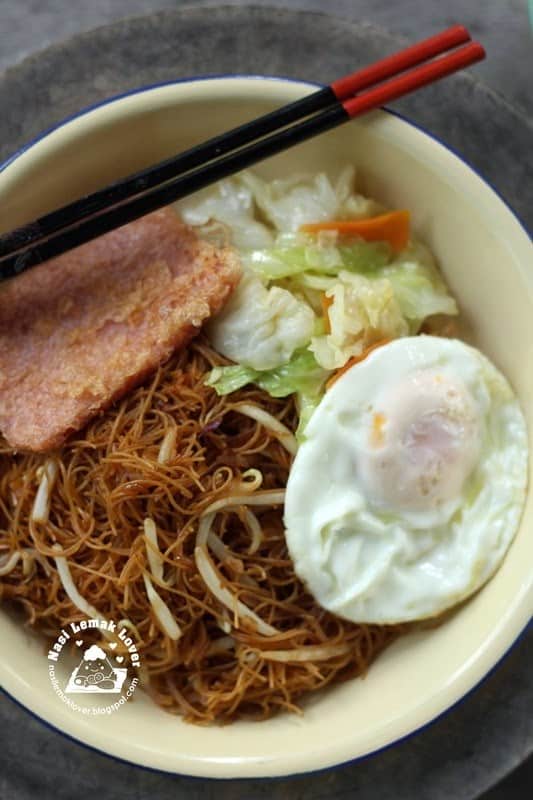
(Image Source: nasilemaklover.com)
Breakfast:
- Hawker fried bee hoon with egg
- Kopi (coffee with milk and sugar)
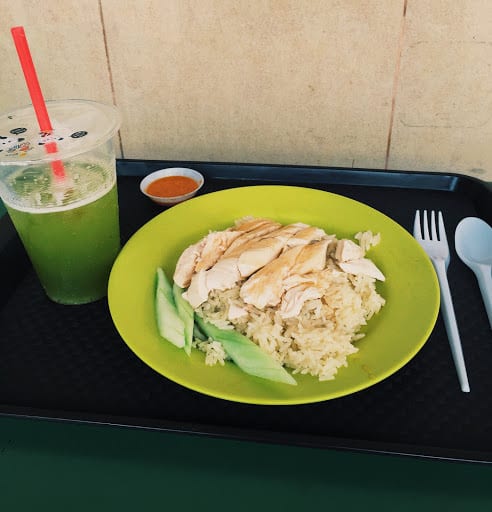
Sugar Cane Juice & Chicken Rice (Image source: farfetchedandfanciful.com)
Lunch:
- Hawker Chicken Rice
- Sugar cane juice
Mid-afternoon Snack:
- Curry puff
- Teh (tea with milk and sugar)
Dinner:
- White rice, 1 bowl (180g approximate)
- Assorted amount of vegetables
- Assorted amount of protein
- 1 serving of fruit
Late-night Snack:
- 10 potato chips, 1 serving
Calories: 2250
Protein 76g
Fiber: 19 (2 servings of fruit and vegetable total)
Putting things into perspective…
Let’s give some flesh to this example in order for you to understand the context. Let’s assume that this person is male, 85kg, at 25 percent body fat, looking for fat loss and to get healthier.
For fat loss, we would need a caloric deficit, which would mean eating less food than our body uses. We would also need to ensure that the diet is nutritious in order to support overall health and in the case of many of our personal training clients, a nutritious diet is needed to improve overall health.
We would also need sufficient protein for maintenance or growth of lean muscle tissue, as well as recovery.
In line with this, for a start, we could recommend that the client consume food totaling 1,800 calories in a day, which consists of 150g of protein, and 30g of fiber.
Protein and fiber food sources would be the cornerstone of every meal, to ensure sufficient micronutrient intake, and that protein goals are met. Both of such foods would also help with satiety (the feeling of fullness), which is very important in any sound meal plan. Depending on how many calories are left to be consumed after these “non-negotiables” are fulfilled, additional healthy carbohydrate or fat sources can be added in as desired to fill up the rest of the calories. The number of meals in which all these foods are to be spread out will largely be dictated by individual preference and convenience.
Now, here comes the interesting part.
There can be many permutations of these guidelines.
So, below are two different examples of the same diet:
Example A:
Breakfast:
- Cooked chicken thigh, 150g (1 palm-size)
- 2 Apples
- 1 Kopi-o kosong (black coffee), sweetened with 0-calorie Stevia
Lunch:
- Steamed white rice*, 1 bowl (1 fist-size)
- 1 large plate of blanched kailan*, (2 palm-sizes)
- Cooked chicken breast, 150g* (1 palm-size)
- papaya, 1 wedge
(*can be obtained from the chicken rice stall)
Mid-afternoon Snack:
- 2 oranges
- 2 hard-boiled eggs
Dinner:
- White rice, steamed, half a bowl (1/2 fist-size)
- White fish, pan fried on non stick frying pan, or air fried, no oil, 225g cooked (1.5 palm-size)
- Broccoli, stir-fried with no oil, cooked, 250g (2 fist-sizes)
- Honey dew, 1 wedge
Total calories: 1765
Protein: 150g
Fiber: 37g
Example B
Breakfast:
- Cooked eye of round steak, 150g (1 palm-size)
- Iceberg lettuce, half a head
Lunch:
- Cooked chicken breast, 150g (1 palm-size)
- Olive oil, 1 tablespoon
- Apple cider vinegar, 1 tablespoon
- 2 large cucumbers
- Cherry tomatoes, 250g (1 punnet, generic store-bought size)
- 1 large sweet potato (1.5 fist-size)
Dinner:
- Pork loin, pan-fried in nonstick frying pan, 150g cooked (1 palm-size)
- 2 medium potatoes, baked (1.5 fist-size in total)
- 1 large green capsicum (green pepper), stir fried in non stick frying pan
- 1 large pear
Total calories: 1789
Protein: 158g
Fiber 35g (7 servings of fruits and vegetables)
As you can see, one day's worth of food was done in 4 meals, while the other in 3 meals, whichever fits the client's lifestyle. The first example was a more Asian style diet, accommodating a hawker dish and a home cooked meal for dinner. The second one had more western type of food choices.
However, both provided the same amount of food in terms of calories, met the protein requirements, and had at least 7 servings of fruits and vegetables.
In fact, it may actually be beneficial to have a few variations of these guidelines, because this will expose the body to a variety of nutrients. And just from a practical standpoint, not many people enjoy eating the same thing over and over again.
Food choices are only limited to one's imagination, budget, and practicality. We always recommend our clients to prepare as much of their own food when possible, because this will give more control of what goes into the diet, and avoid hidden calories when eating out (more on this later). With regard to food amount, a useful method would be portion sizing. Use the size of your palm as a gauge for one serving of protein, and the size of your fist as a gauge for carbohydrates.
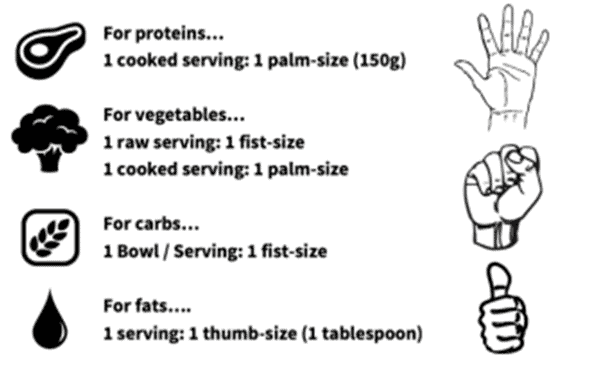
A simple guide to help you gauge your portion sizes
Would everyone's palm be equivalent to 150g worth of meat? Is every fist the same size? No, we all have different sized hands. That is why gauging food amounts would be more accurate if some time is spent initially preparing one's own food and weighing it with a food scale. Two to three weeks of this would help to give you a good idea of how much food is actually being consumed. This extra effort goes a long way in helping gauge amounts of food when you wish to do without the scale to make your diet more sustainable from a practical point of view.
Consistency is key for sustainability
What is worth pointing out is that being consistent would actually be more important in the long run. Your diet can eventually adapt to the gauge based upon results. For example, you have been consistently using your fist to gauge the amount of rice consumed, and the actual weight of the rice is 180g instead of 150g per portion based on your fist size. If according to results, your diet calls for a reduction in carbohydrates, you can do so proportionally by using the same gauge, i.e., one fist, or half a fist size, to reach the amount required to make progress towards your fitness goal.
There may come a time when using the food scale on a regular basis is required to achieve a higher level of results. However, most people would still do well for a good amount of time using regular servings (for example, 1 apple, versus actual weight of the apple) and portion sizing.
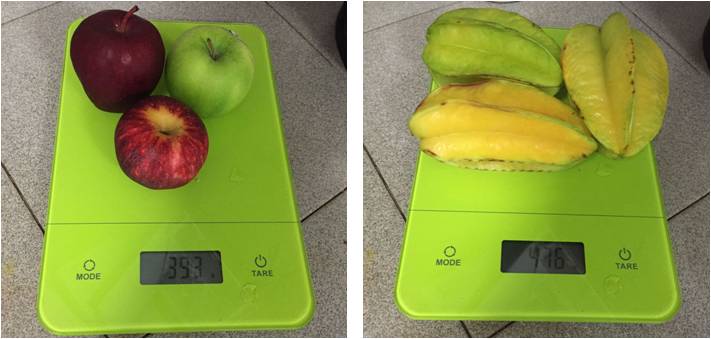
Use a weighing scale for more precise measurements
For a practical demonstration of how to prepare food for a week, you can check out these videos on food-shopping and batch-cooking by yours truly, as well as Sarah Pang, our home-grown professional tennis player.
Supermarket Shopping with Coach Jen
Batch Cooking by Coach Jen
Food Shopping & Cooking while abroad with Sarah
Category B: Clients Who Need Help with Eating Out
Many of our Genesis Gym Singapore clients are good with their diets on a day-to-day basis, when they master the above steps. This is especially so when they prepare their food in advance. The problem comes on the weekends, where there’s a slight change in the daily routine. A social event can also presents itself unexpectedly midweek. Of course, there are also festive seasons that pop about every now and then. Check out this video of a gentleman with a resolution to lose weight in 2017, but...
Depending on the resolve and psyche of the client, one of the following situations can happen:

Having a healthy diet plan shouldn't make you a hermit (Image Source: Pinterest.com)
#1: Skipping the social event altogether
We don’t recommend you skipping social events just to be able to stick to your diet plan. Go on and live your life! Yes, there will be times when you need to buckle down on your diet, and being uncertain of what's being served to you outside is not an option. But such cases won't be often.
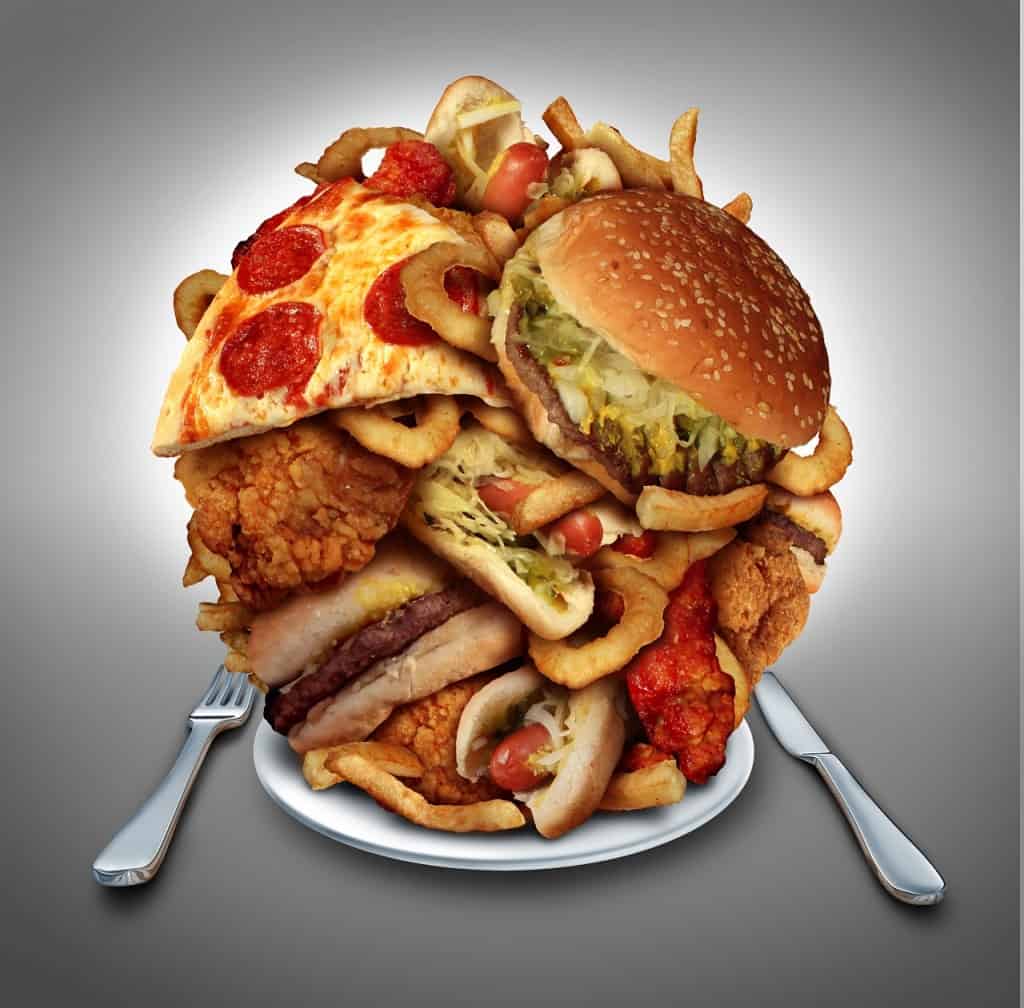
Binge-eating much? (Image Source: Watchfit.com)
#2: Deviate from your Mon-Fri meal plan
And sometimes, this can go to the extreme. Some might think, “Hey, since I’m gonna be off, I might as well go waaaaay off.” Say hello to eating an entire tub of ice cream, or cleaning out the entire pizza. It has happened with some of our clients before, to their own dismay and sometimes even self-loathing.
So how do we navigate through this minefield of eating out?
This is where being good with the skills mentioned in category A comes into play.
Guideline #1: Adhere to the cornerstones - Protein and Fibre
When there is the liberty to order your own food, always opt for higher protein and fiber foods. Ensure you are still meeting this requirement even when eating out. Should you have to eat what is served before you, always go for these foods first. That way, you will feel fuller and will be less inclined to eat what is off your diet.
Guideline #2: Be aware of your norm
Knowing and remembering what you normally eat helps you to gauge foods set before you. Your palm and your fist become handy (excuse the pun) in such situations and you can still use the same gauge to approximate your food.
For example, if you normally have one palm-size serving of chicken thigh for dinner, you can choose something similar, like a grilled chicken steak, or chicken chop, of the same size. A plate of stir-fried kailan can be substituted with a garden salad with dressing on the side. Instead of having half a fist-sized worth of rice, choose to have half a fist-size serving of baked potato instead.
It is pertinent to point out that food prepared outside our own kitchens would usually contain more fats and carbohydrates, in the form of condiments, sauces, gravies, and other seasoning. The nature of most food & beverage businesses is to make the tastiest food possible (and often at the lowest cost possible), so keeping their foods low in calories and healthy is not always their top priority. Bearing this in mind, we should make allowances for such situations, by either deliberately overestimating the portion size, or under-hitting our daily targets in terms of food consumption.

(Image Source: Bethel Law Corporation)
Guideline #3: “Borrow” food from other days
If you know in advance that you will be eating out, you can "borrow" food from other days, and shift it to this meal. For example, if you normally consume a fist-sized worth of potatoes for dinner, you may wish to consume half of that amount 3-5 days prior. That way, you know that when the time comes to eating out, you have a buffer to eat a little more. The total amount of food that you eat consistently over a period of time would make greater impact than a single meal, and thus, such shifting of calories allow you to be flexible in terms of total food consumption.
What if, after all best intentions and planning, you still over eat?
The important thing to note is that you should not kick yourself over it. Yes, you have stumbled on this journey. Recognize it, own it, and move on. You can reflect to see how you can do better next time, whether it be the choice of venue (fast food outlet versus a restaurant), the choice of food ordered (pizza instead of steak), or it was a case where it could not be avoided (had to entertain guests and it would have not been polite to refuse).
Of course, if you feel that you are not getting the results you want with the constant eating out, you may wish to scale back on the number of times you do so. Especially if you have gotten good results previously from preparing your own food. Think of this as a sliding scale, considering the speed and the extent of the results you wish to achieve. If you are looking to reach a high level of results in a short amount of time, it pays to be accurate. But if you are looking for a sustainable lifestyle change with health in mind, looking at how to make the lifestyle sustainable would be the way to go
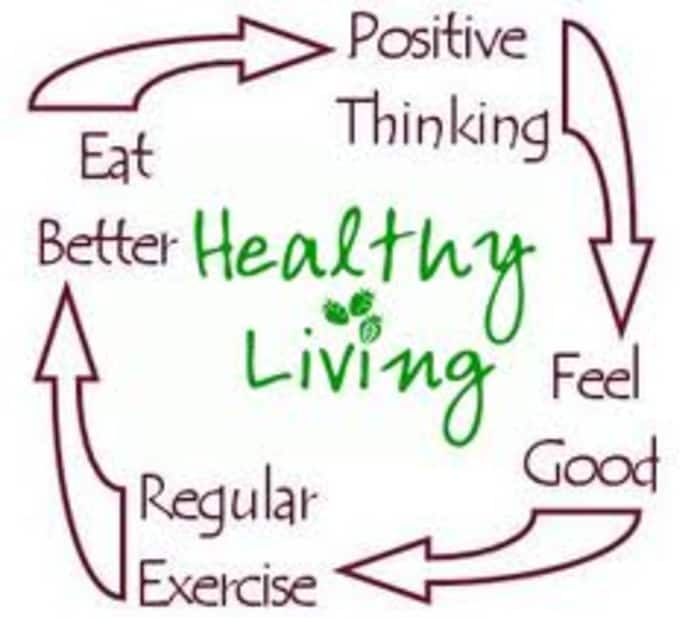
(Image Source: greenfrontiers.com)
Being proficient with your diet is like any other skill you learn in life. It will take some time, some effort, and you will learn along the way. For the most part, the coaching team at Genesis Gym helps our clients not only with their customized training programme, we help them with their nutrition management to help them learn and apply sustainable healthy habits. If you would like to find out how Genesis Gym can help you get started on long-term sustainable fitness and nutrition habits, contact us for a free consultation.
